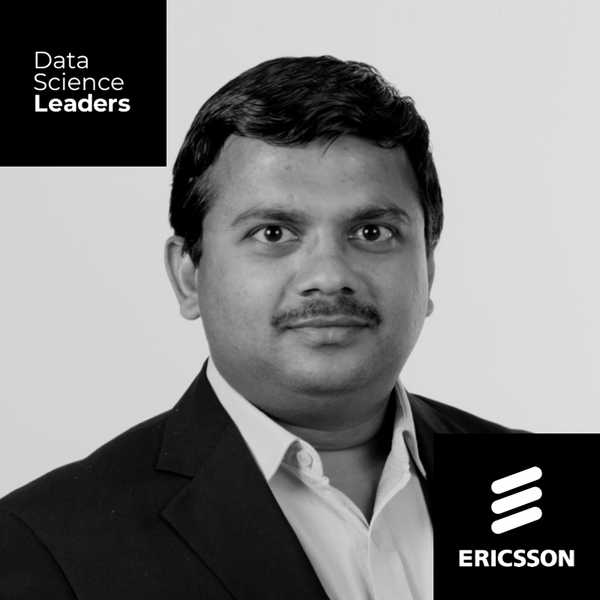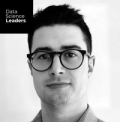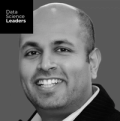episode 46
Help Me Help You: Forging Productive Partnerships with Business Stakeholders
Data Science Leaders | 38:03 | April 13, 2022

Listen how you want
Get new episodes in your inbox
There’s tremendous value in pure data science research. In an enterprise context, however, it all comes down to how learnings and insights from that research can help advance business growth, customer experience, and product innovation.
Sunil Kumar Vuppala is the Director of the Global Artificial Intelligence Accelerator at Ericsson. His career journey from a researcher role to data science leadership has given him years of perspective on how ML professionals and their business side counterparts can build partnerships that pay off in both the near and long term.
In this episode, Sunil shares some of those key lessons on education, communication, and collaboration. Plus, he details a unique MLOps strategy he’s employed to address challenges with scaling model monitoring.
We discuss:
- How a research background can inform leadership style
- MLOps best practices for scale
- Forming mutually beneficial partnerships between business stakeholders and data science teams
Popular episodes

James Cham
Partner, Bloomberg Beta
EPISODE 71April 11, 2024
Unlocking the disruptive potential of generative AI: a VC perspective
Listen Now | 28:49
Volodimir Olexiouk
Director of Scientific Engagement and Data Science Team Lead, BioLizard
EPISODE 70March 28, 2024
Overcoming the data challenges of AI-driven drug discovery
Listen Now | 36:49
Rahul Todkar
Head of Data and AI, Tripadvisor